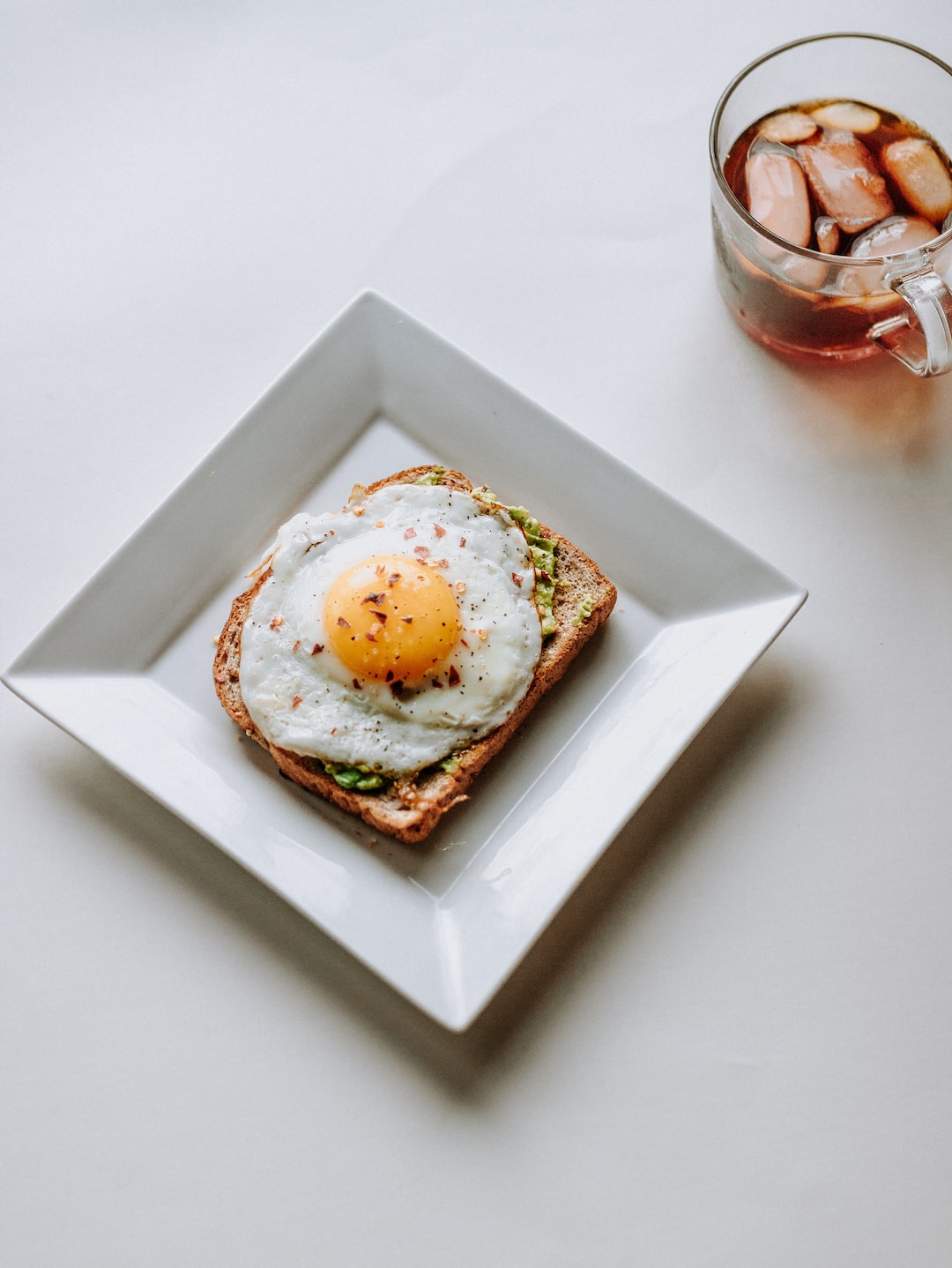From Bean to Bar: A Journey through the Chocolate-making Process
Who doesn’t love a delicious, rich piece of chocolate? This delectable treat has been delighting taste buds around the world for centuries. But did you ever stop to think about how that chocolate bar ended up in your hands? The chocolate-making process is a fascinating journey that starts with a humble cacao bean and ends with a mouth-watering bar of chocolate. Join us as we take a closer look at this intricate process.
It all begins in the tropical regions of the world where cacao trees thrive. These trees bear fruit known as cacao pods. These pods are harvested by skilled farmers who carefully cut them from the trees. Inside these pods, nestled among the sticky, sweet pulp, are the coveted cacao beans. The beans are carefully extracted from the pods and left to ferment for several days.
Fermentation is a crucial step in developing the flavor of the beans. During this process, the beans are placed in shallow containers and covered with banana leaves or other materials. The natural yeasts present in the environment start to break down the sugars in the beans, transforming their flavors and aromas. This fermentation process can last up to a week, during which the beans must be regularly turned and monitored to ensure an even fermentation.
After fermentation, the beans are spread out to dry in the sun. This drying process takes about a week and is essential for the preservation of the beans. The beans are regularly turned to prevent mold growth and to ensure even drying. Once dried, the beans are ready to be transported to chocolate manufacturers around the world.
The next step in the chocolate-making process is to roast the beans. Roasting brings out the true flavors of the beans and gives them their characteristic aroma. The beans are carefully roasted at specific temperatures and times, depending on the desired flavor profile. This step requires precision and expertise to achieve the perfect balance of flavors.
Once roasted, the beans are ready to be cracked and winnowed. The outer shell of the bean is cracked to reveal the nibs inside. These nibs are the essence of chocolate and contain the cocoa solids and cocoa butter that give chocolate its smooth texture. The nibs are then winnowed, which involves separating the lighter shell fragments from the heavier nibs. This can be done mechanically or manually, depending on the scale of the operation.
Now that we have the prized nibs, it’s time for grinding. The nibs are ground into a paste called chocolate liquor. This liquor is not alcoholic but rather a blend of cocoa solids and cocoa butter. The grinding process generates heat, which melts the cocoa butter and gives the chocolate its smooth texture. Once ground to the desired consistency, the chocolate liquor can be further processed into various chocolate products.
To make chocolate bars, the liquor is mixed with other ingredients such as sugar, vanilla, and sometimes milk powder. This mixture is then refined to ensure a smooth and creamy texture. The chocolate is conched, a process that involves kneading and smoothing the mixture for several hours or even days. This refining and conching process helps develop the flavors and create the silky texture we associate with high-quality chocolate.
Finally, the chocolate is tempered to give it a glossy finish and a satisfying snap. Tempering involves carefully heating and cooling the chocolate to specific temperatures to stabilize the cocoa butter crystals. This step is crucial in preventing the chocolate from developing a dull appearance and a grainy texture.
And there you have it! From a small cacao bean to a sumptuous bar of chocolate, the journey is a labor of love and craftsmanship. Each step in the process contributes to the final product’s flavor, texture, and overall sensory experience. So the next time you indulge in a piece of chocolate, take a moment to appreciate the journey it undertook to bring you that moment of bliss.


